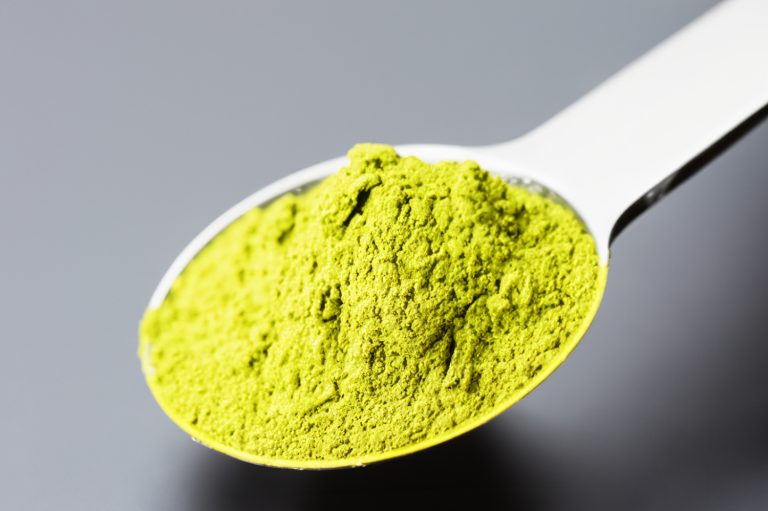Kratom, the herbal supplement derived from the leaves of the Mitragyna speciosa tree, has garnered increasing attention for its potential wellness benefits, including pain relief, mood enhancement, and relaxation. However, one of the essential aspects of safe and effective Kratom use is determining kratom dosage. In this blog post, we’ll explore the intricate world of Kratom dosages, examining the factors that influence them and providing guidance on finding the perfect balance for your individual needs.
Determining Kratom Dosage:
Before delving into the details, it’s crucial to understand that Kratom dosage is not a one-size-fits-all concept. It varies from person to person based on several factors. The right dose can make the difference between experiencing the desired effects and potential discomfort.
Factors Influencing Kratom Dosage:
- Kratom Strain: The type or strain of Kratom you choose significantly affects the appropriate dosage. Common strains include Red Vein, Green Vein, and White Vein, each with distinct properties.
- Potency: The potency of your Kratom product is another essential factor. Some products may be more concentrated or contain higher levels of specific alkaloids than others.
- Tolerance: If you are a regular Kratom user, your body may develop a tolerance to its effects over time. This means that you may require a higher dose to achieve the same results.
- Body Weight and Metabolism: Your body weight and metabolic rate play a role in how Kratom is processed in your system. Heavier individuals might need a higher dose than lighter ones.
- Desired Effects: The effects you seek from Kratom will influence your dosage. For example, a lower dose may be suitable for mild pain relief, while a higher dose might be required for significant pain management.
Guidance on Finding Your Kratom Dosage:
- Start Low and Gradually Increase: If you’re new to Kratom or trying a new strain, it’s advisable to start with a low dose. A common starting point is around 1 to 2 grams. This allows you to gauge your body’s response without overcommitting.
- Track Your Experience: Keep a journal to record the effects of each dosage. Note the strain, dosage, time of ingestion, and how you feel. This tracking can help you refine your dosage over time.
- Understand Your Tolerance: If you’re a regular Kratom user, be aware of your tolerance levels. You might need to increase your dose gradually to achieve the desired effects. However, it’s essential to avoid excessive consumption.
- Strain-Specific Dosage: Recognize that different strains may require different dosages. For instance, Red strains are often associated with relaxation and pain relief, while White strains are known for energy and focus.
- Consult Vendor Guidelines: Reputable Kratom vendors typically provide dosing guidelines on their products. These can serve as a useful starting point, but individual responses can vary.
- Consult a Healthcare Professional: If you have any underlying health conditions or are taking medications, it’s crucial to consult with a healthcare professional before using Kratom. They can offer guidance tailored to your specific health needs.
- Listen to Your Body: Pay attention to how your body reacts to Kratom. If you experience discomfort or side effects, consider adjusting your dosage or discontinuing use.
Finding the Right Balance:
Ultimately, determining the right Kratom dosage is a personal journey that requires patience and self-awareness. It’s essential to prioritize safety and responsible use. Avoid the temptation to chase higher doses for more pronounced effects, as this can lead to tolerance and dependence.
In conclusion, understanding Kratom dosage is key to maximizing its potential benefits. By considering factors such as strain, potency, tolerance, and individual response, you can find the perfect balance that suits your unique needs. Remember that Kratom should be used responsibly and in moderation to ensure a safe and positive experience.
*Disclaimer: This Kratom blog emphasizes that the information shared in the blogs is for educational purposes and should not be seen as a substitute for professional medical advice. It highlights the variability in individual responses to Kratom and advises caution and responsible use. This disclaimer also reminds readers to be aware of the legal status of Kratom in their area and to stay informed about the latest research on Kratom. It concludes by stressing the importance of making informed and responsible decisions regarding Kratom use and seeking medical advice when necessary.*
For more information, contact us at Trisprout.com







